Bluetooth Access Control Credentials
By Erik Andress, Sales Management Professional at Kenton Brothers
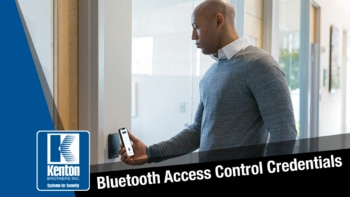 Bluetooth Technology
Bluetooth Technology
In recent years, access control systems have become an essential part of security measures in various industries, including healthcare facilities, educational institutions, government buildings, and commercial properties. These systems rely on credentials, such as keycards or fobs, to grant access to authorized individuals. However, the COVID-19 pandemic has led to an increased demand for touchless access control solutions.
Bluetooth access control credentials have emerged as an innovative solution that provides enhanced security and convenience while reducing the risk of germ transmission.
What are Bluetooth Access Control Credentials?
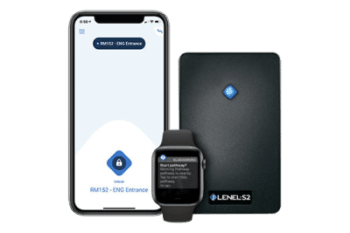 Touchless Bluetooth access control credentials are an alternative to traditional access control systems that rely on physical keys, cards, or fobs. These credentials use Bluetooth technology to communicate with a reader installed on a door or gate. Users can unlock doors or gates by simply presenting their Bluetooth-enabled device, such as a smartphone or smartwatch, to the reader.
Touchless Bluetooth access control credentials are an alternative to traditional access control systems that rely on physical keys, cards, or fobs. These credentials use Bluetooth technology to communicate with a reader installed on a door or gate. Users can unlock doors or gates by simply presenting their Bluetooth-enabled device, such as a smartphone or smartwatch, to the reader.
How do Bluetooth Access Control Credentials Work?
Touchless Bluetooth access control credentials work by establishing a connection between the user’s device and the access control reader via Bluetooth. When a user approaches a door or gate, the access control reader sends a Bluetooth signal to the user’s device. The user’s device then responds with an encrypted signal that is verified by the access control reader. If the signal is authenticated, the access control reader unlocks the door or gate.
 What are the Benefits of Bluetooth Access Control Credentials?
What are the Benefits of Bluetooth Access Control Credentials?
- Enhanced Security: Bluetooth access control credentials provide enhanced security by reducing the risk of credential theft or loss. Traditional access control credentials, such as keycards or fobs, can be lost, stolen, or copied. However, Bluetooth access control credentials are tied to the user’s personal device and cannot be easily transferred or duplicated.
- Convenience: Touchless Bluetooth access control credentials provide greater convenience compared to traditional access control systems. Users no longer need to carry a physical keycard or fob with them at all times. Instead, they can simply use their smartphone or smartwatch to gain access.
- Reduced Germ Transmission: Bluetooth access control credentials are an effective solution for reducing the spread of germs. Traditional access control systems require users to touch keycards or fobs, which can potentially spread germs. However, Bluetooth access control credentials eliminate the need for physical contact, reducing the risk of germ transmission.
- Scalability: Bluetooth access control systems can be easily scaled up or down depending on the needs of the organization. Adding or removing users is a simple process that can be done remotely, providing greater flexibility and convenience.
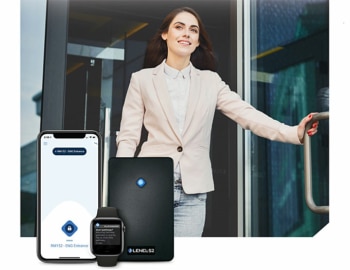 Other key benefits:
Other key benefits:
- Works with Apple Watches
- A Mobile Friendly App allows you to customize your experience with readers. Rename them on the phone to make them make sense to the user, put them in a Favorites tray, hide readers your user does not have access to and customize the reading distance per door up to 30 feet.
- Multi technology Reader – 125Khz prox, iClass CSN, iClass Classic, Mifare, Desfire EV1 and EV2, Legacy GE format and Bluetooth (iOS and Android)
- May purchase the readers by the credential or by the reader. If purchased by the reader then customer has unlimited credential capability at no extra charge.
- Very secure using encrypted Bluetooth data transfer
Conclusion
Bluetooth access control credentials are an innovative solution that provides enhanced security, convenience, and reduced germ transmission. As the world continues to adapt to the challenges posed by the COVID-19 pandemic, touchless access control solutions will play an increasingly important role in ensuring the safety and security of organizations and individuals.

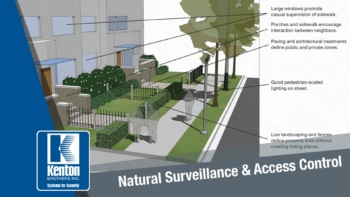




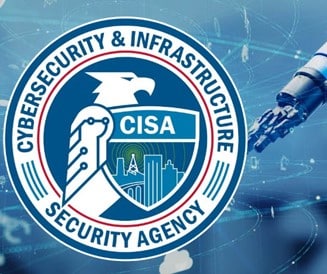
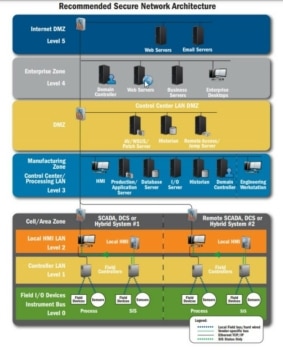
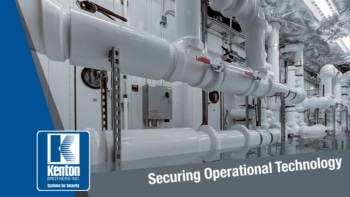 It’s a well-known fact that most breaches (95%+) are a failure of procedure or policy over systems. A good
It’s a well-known fact that most breaches (95%+) are a failure of procedure or policy over systems. A good 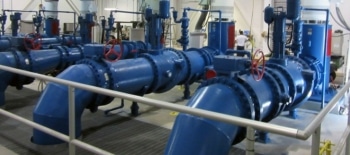 Too many times we see organizations practice poor alarm management. Alarms in any form (Fire, Access Control, Intrusion Detection, Car) should never be ignored yet many times are. OT devices are vulnerable to physical attack and to things like flooding, fire and electrical damage. A system alarm can help bring immediate attention if properly managed.
Too many times we see organizations practice poor alarm management. Alarms in any form (Fire, Access Control, Intrusion Detection, Car) should never be ignored yet many times are. OT devices are vulnerable to physical attack and to things like flooding, fire and electrical damage. A system alarm can help bring immediate attention if properly managed.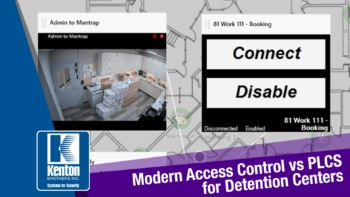 When a mechanic looks at a car, he doesn’t see a specific brand, model or color. He really sees the overall system. He sees an engine, brakes and wheels. Whether it’s a Model T or a Tesla, if the engine doesn’t work, it won’t go anywhere; if the brakes don’t work, it doesn’t stop and of course flat wheels don’t roll. Access control systems are similar. They’re really just a set of inputs, output and readers.
When a mechanic looks at a car, he doesn’t see a specific brand, model or color. He really sees the overall system. He sees an engine, brakes and wheels. Whether it’s a Model T or a Tesla, if the engine doesn’t work, it won’t go anywhere; if the brakes don’t work, it doesn’t stop and of course flat wheels don’t roll. Access control systems are similar. They’re really just a set of inputs, output and readers.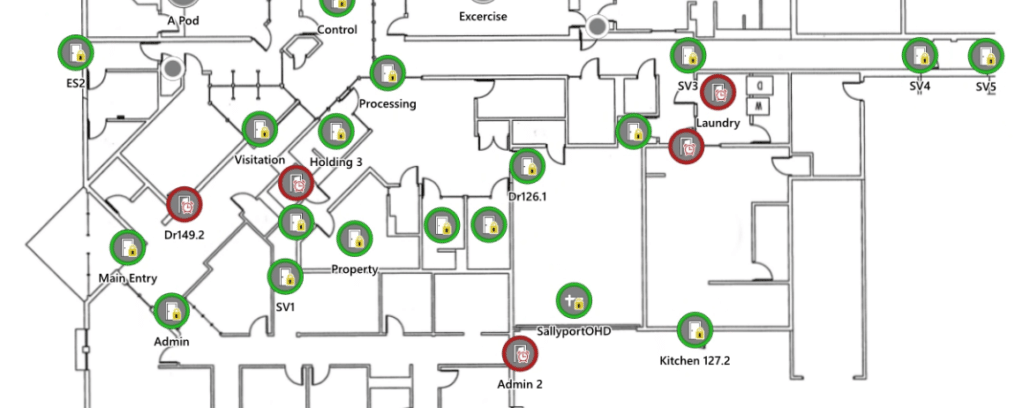

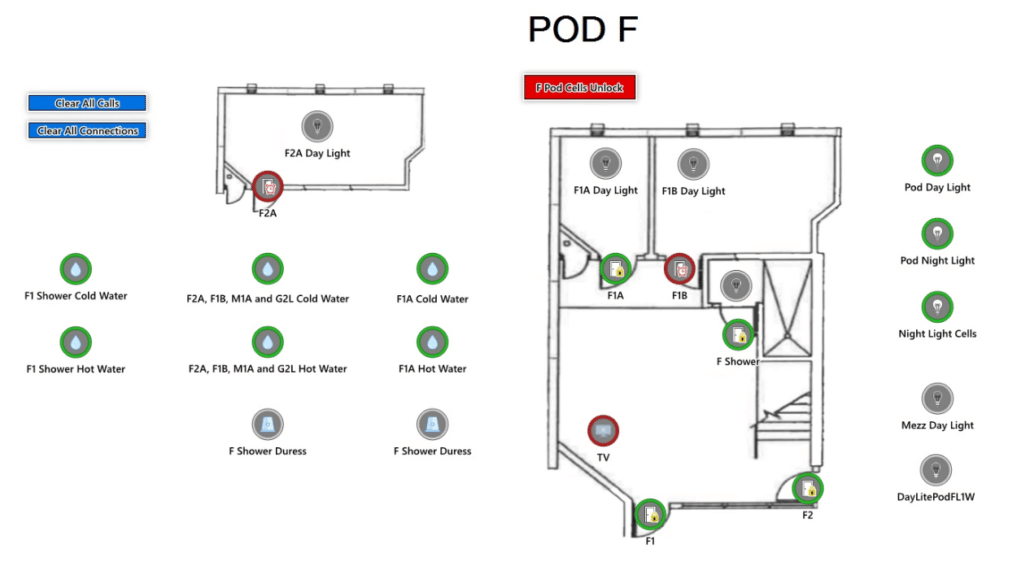
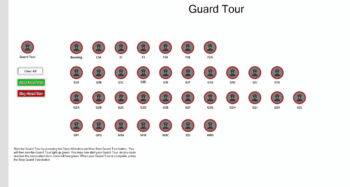
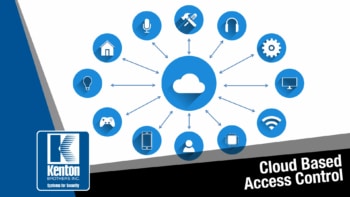 In the security industry, cloud based video recording, retrieval, storage and archiving solutions are leading the charge for growing video subscriptions as a service.
In the security industry, cloud based video recording, retrieval, storage and archiving solutions are leading the charge for growing video subscriptions as a service.